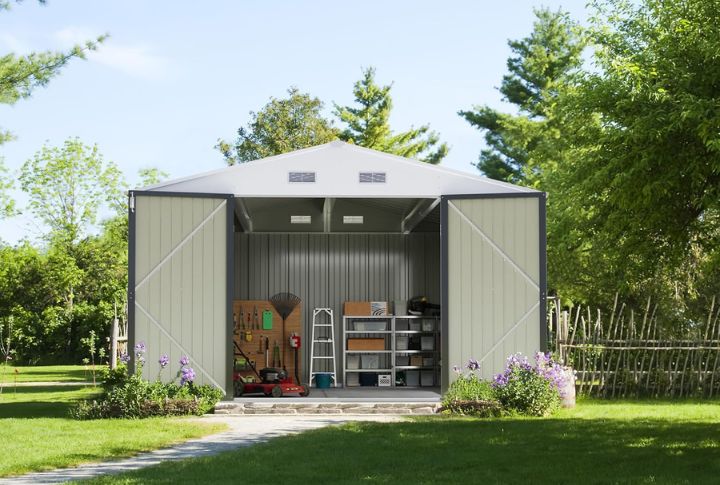
Constructing a shed brings both practicality and charm to your backyard. With good preparation, it can serve as ideal storage, a handy workspace, or even a relaxing retreat. Here are the most essential tips to keep in mind to make the process smooth and to help you create a structure that lasts for years.
Choose the Right Location
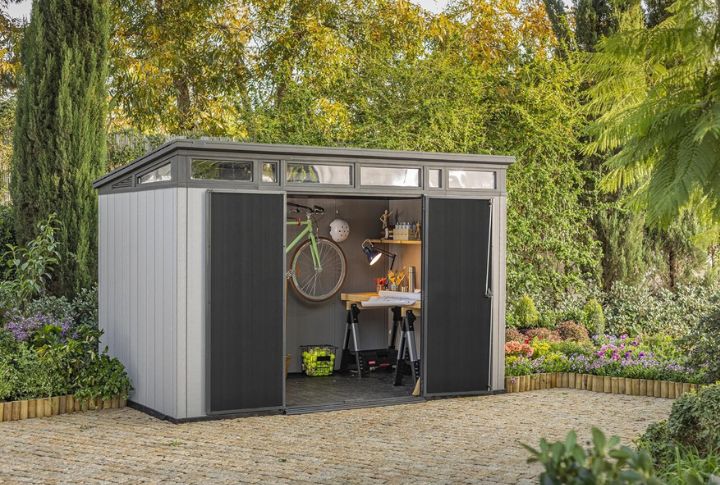
Picking the perfect spot for your shed can make all the difference. A level area with good drainage will keep water from pooling and causing damage. Avoid building too close to large trees to sidestep root issues. Plus, check local regulations about placement to stay within the rules.
Define the Purpose of Your Shed
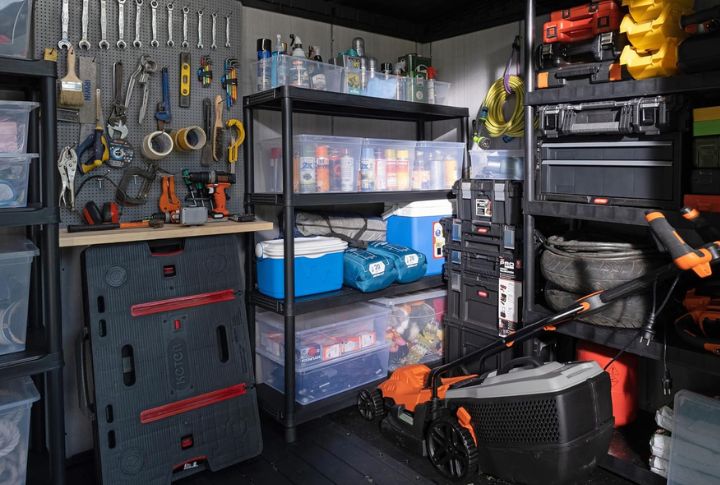
Think about how you’ll use the shed since it will shape the entire project. Maybe it’s for garden tools or perhaps a cozy backyard workspace. Whatever your plan, having a clear purpose from the start will help you design a zone that works perfectly for your necessities.
Plan for a Strong Foundation
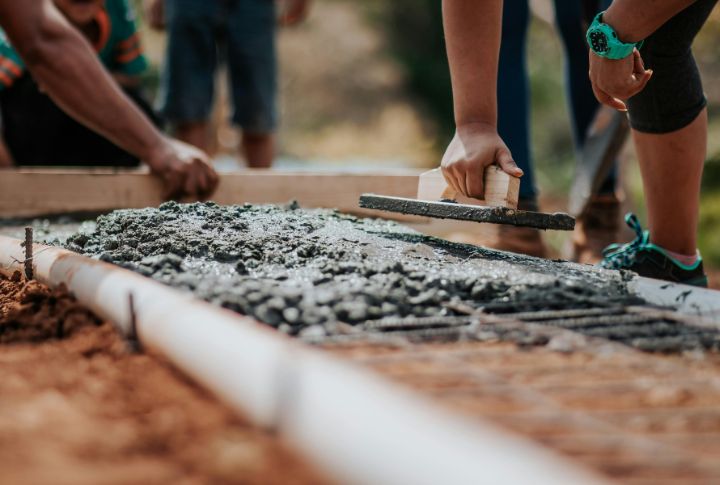
A sturdy base is a must to keep your shed standing tall. You’ve got options: concrete slabs, gravel pads, or pressure-treated wood bases. Proper groundwork prevents shifting and settling, so make sure it suits your shed’s size and the soil type in your yard.
Think About Shed Size
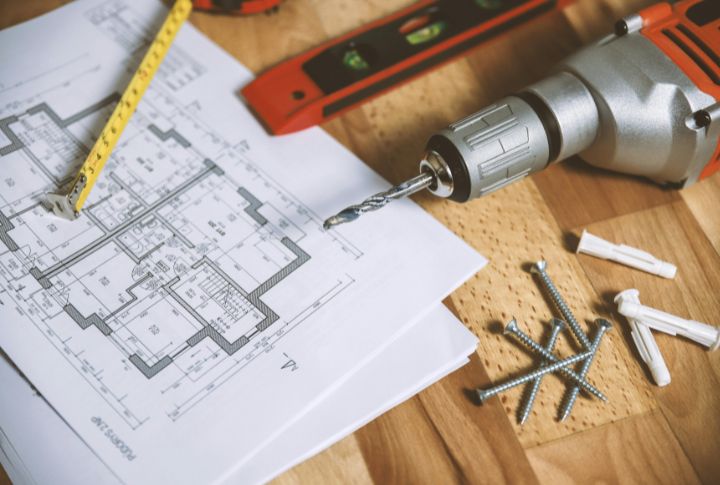
Storage needs tend to grow faster than expected, so give yourself room. Space fills up quickly between garden tools, seasonal objects, and maybe even a riding mower. Standard shed sizes like 8×8 or 10×12 feet are great starting points but customize based on what you plan to store.
Follow Local Building Codes

Before starting construction, it’s wise to check your local building codes. Depending on your shed’s size and location, you might need permits. Staying compliant with these rules helps avoid fines and headaches later, so a quick consultation with your planning office is worth it.
Select the Correct Materials
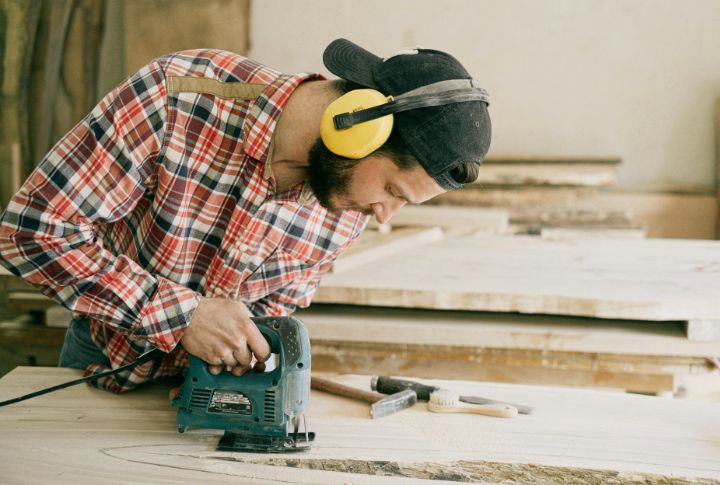
Materials play a significant role in how your shed holds up over time. Wooden sheds blend nicely with nature but require more upkeep. Metal is durable yet prone to rust in certain climates. Vinyl might be your best bet for low maintenance. Pick components based on what’s practical and appealing.
Add Proper Ventilation
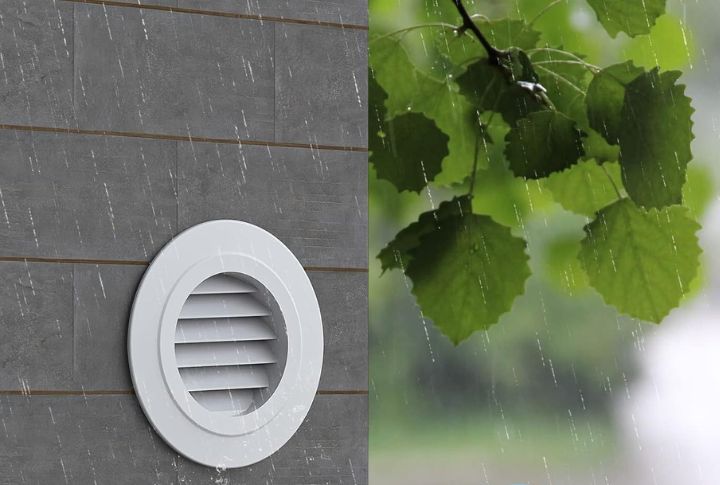
Ventilation helps keep your shed fresh and prevents moisture from creeping in. Vents near the roof or strategically placed windows encourage airflow, especially if you store gas, chemicals, or moisture-sensitive items. Better air circulation means fewer issues down the road.
Insulate for Year-Round Use
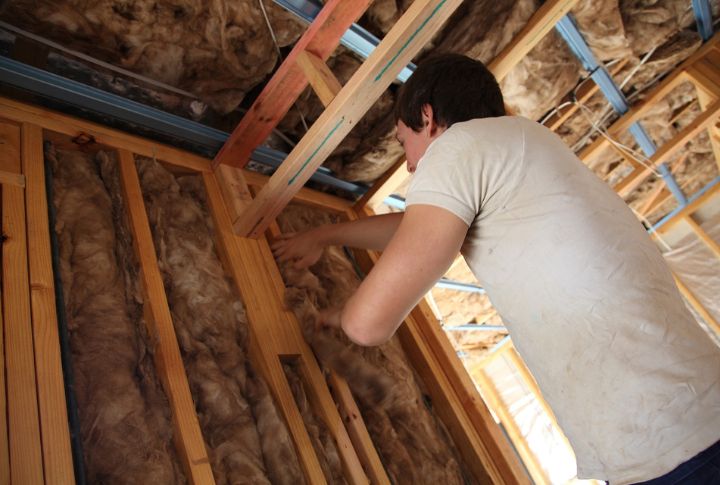
Insulation is wise if you use the shed as a workspace or store delicate belongings. It helps maintain warmth during the winter and keeps the space cooler in the summer. Fiberglass or foam board insulation can easily be added, ensuring that whatever you’re storing stays in good condition throughout the year.
Consider Shed Security
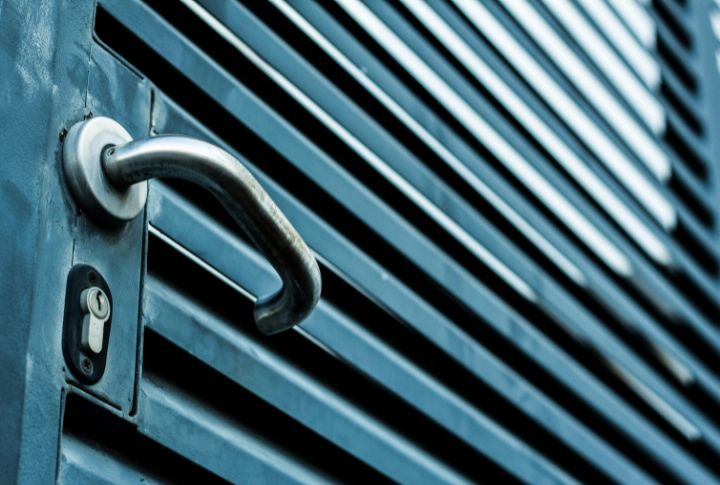
Security matters, mainly if your shed contains expensive gear or equipment. A sturdy lock is necessary, and adding motion-sensor lights or security cameras will make potential intruders think twice. Reinforce your doors with heavy-duty hinges for extra peace of mind.
Optimize Access for Convenience
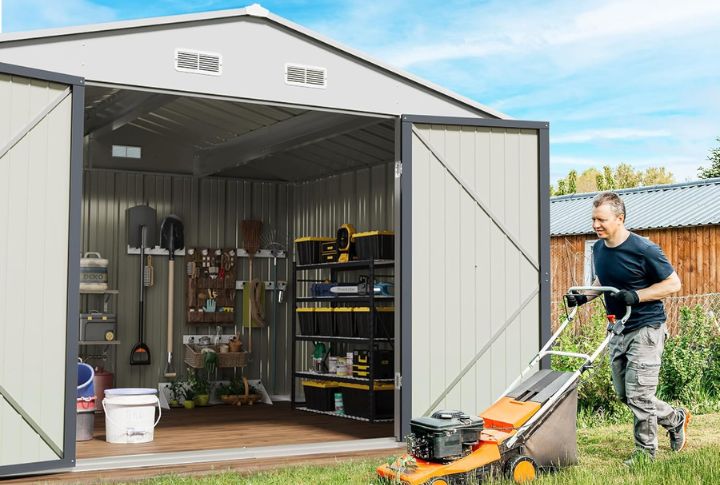
Accessibility is critical when you’re constantly moving things in and out. Double doors make storing large equipment like mowers easier, while a ramp might be necessary for heavy items. Placing your shed near a path can make daily trips a breeze, specifically in muddy or snowy conditions.
Opt for a Layout to Match Your Yard
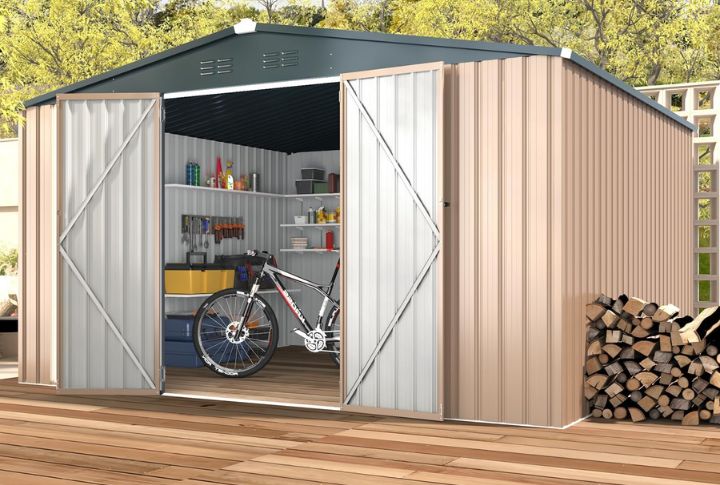
Your shed can be both practical and enhance your yard’s overall look. Choose materials and colors that complement your home’s exterior. Whether you pick rustic wood or a modern, sleek design, aim for a shed that fits naturally with your outdoor space and the theme you are going for.
Prepare for Future Expansion
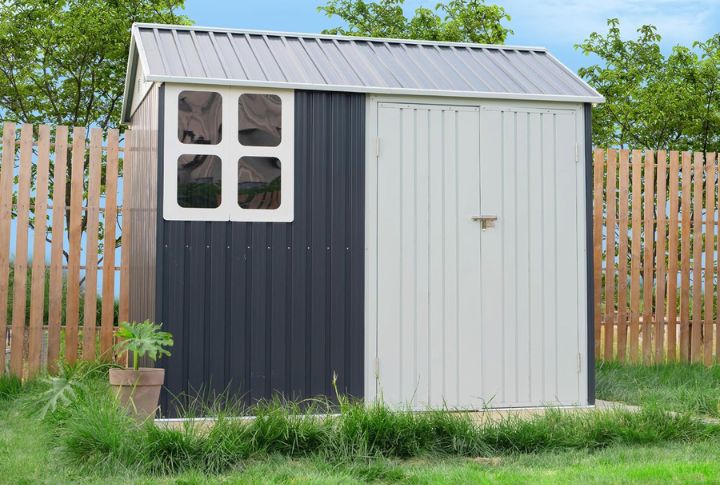
Today’s shed might meet your current needs, but who knows what the future holds? Design selections like lean-tos or modular shelving systems make it easy to add more capacity later. Plus, starting with a foundation that supports future growth means you won’t have to go back and make changes later.
Address Water Runoff Concerns
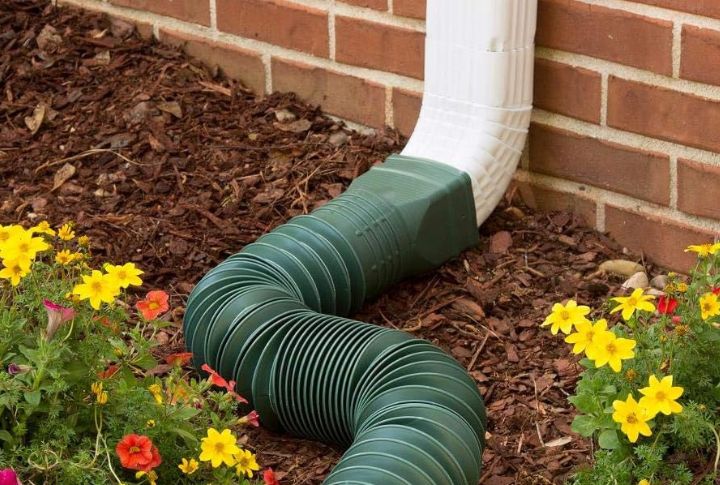
Waterproofing is essential to keep your shed safe from rain. Install gutters and downspouts to manage water flow and reduce the risk of leaks. You can also use gravel or a French drain to prevent standing water around the shed, protecting the structure and your belongings.
Focus on Lighting Choices
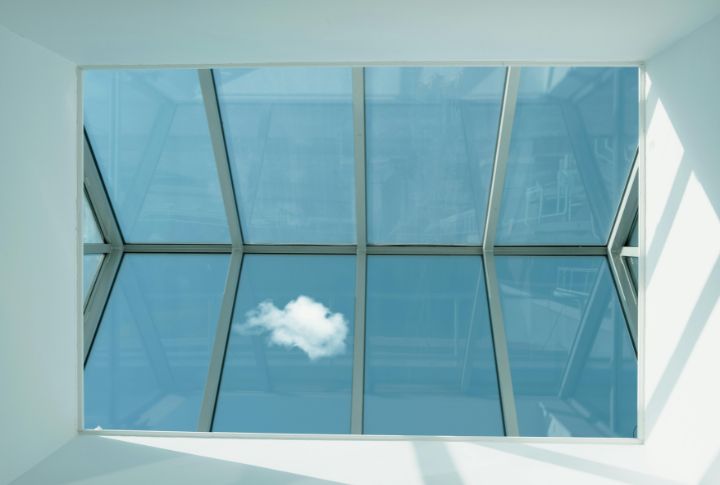
Natural light is your friend when working inside a shed. Add windows or skylights to brighten things up and save on energy. For nighttime use, consider solar-powered or battery-operated lights. These alternatives are easy to install, eco-friendly, and don’t require messing with electrical wiring.
Customize Storage Options
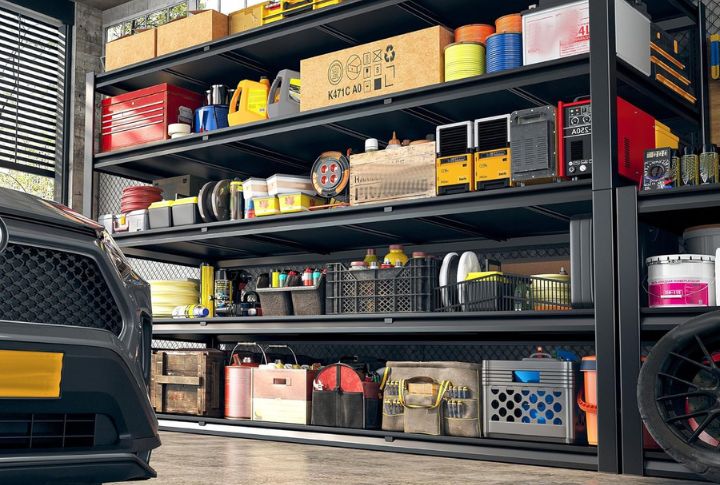
A well-organized shed makes life easier. Installing shelves, hooks, and cabinets lets you take full advantage of the space. Hang tools on peg boards or racks to clear the floor for oversized objects, and having flexible storage options means you can continuously adapt as your needs change.

